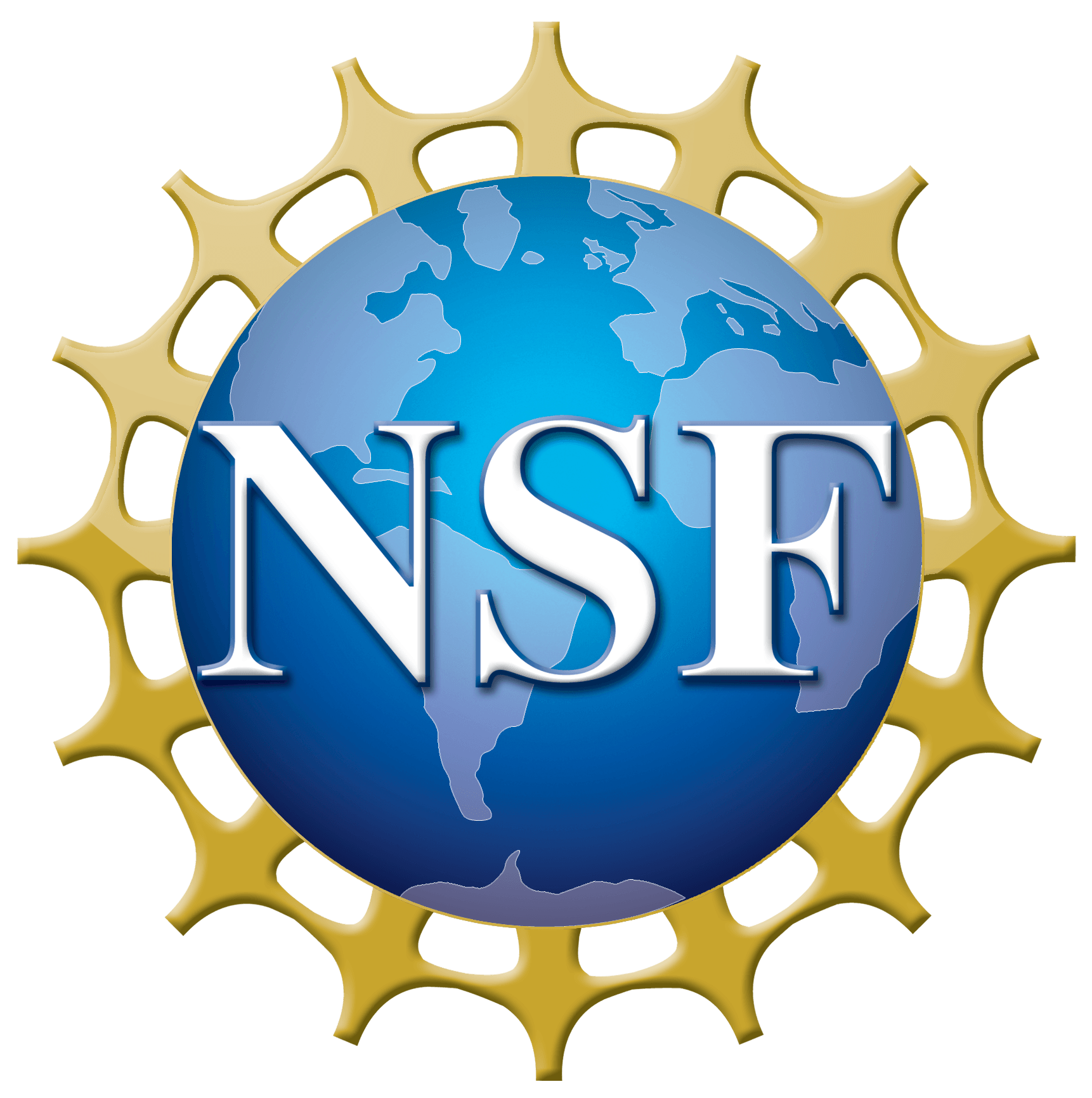Question: Can black holes swallow planets and moons? — Chandi Answer: Black Holes swallow anything that gets trapped in…
Select :
asteroid collisionasteroidsastronomical distance scalesatomsbig bangblack holesbright lights in the skybrown dwarfcareerscelestial eventschecker cabscometsconstellationscosmic distancescosmic microwave backgroundcosmic rayscosmologydark energydark matterdwarf planeteartheclipseeclipticeducationexoplanetsexpansion of the universegalaxiesgeneral relativitygravitational lensgravity wavesGreat Red SpotHoaxesHubble Space Telescope (HST)Interferometerinterferometryinterstellar moleculesionosphereJupitermagnetarsmarsmeteorsMH370milky wayMilky Way Galaxymoleculesmoonmoonsneutron starneutron starsNibirunight skyparallaxphysicsplanetsplutoproperties of lightPtolemypulsarsquasarsradar astronomyRadio Astronomyradio frequency interferenceradio interferometersradio recombination line emissionRadio TelescopeSatellite DishSchwarzschild Radiusscientific methodsearch for extraterrestrial intelligenceSETIsolar systemspace probesspacecraftstar formationstarssunsupernovasupernova remnantssupernovaetelescopestime dilationTrans Neptunian Objectstwin paradoxunexplained celestial observationsVenusVery Large ArrayVery Long Baseline Array (VLBA)Voyager 1weather
What are those Jets Streaming from a Black Hole?
Question: On a recent visit to the Very Large Array we saw a radio image of a black hole…
Can Black Holes Eat One Another?
Question: Ok so say the universe gets to a point where every black hole consumes everything including each other…
What are the Effects on Radio Waves When They Pass Near a Black Hole?
Question: What are the effects of radio waves when near a black holes event horizon? — Aleksander Answer: Assuming…
What Happens to Matter that Falls into a Black Hole?
Question: So a question from the uneducated. If all matter at the beginning was in one infinitely small point…
How Can a Black Hole Have an Outflow?
Question: Black holes are defined as a zone where the gravity is so dense that nothing, not even light,…





